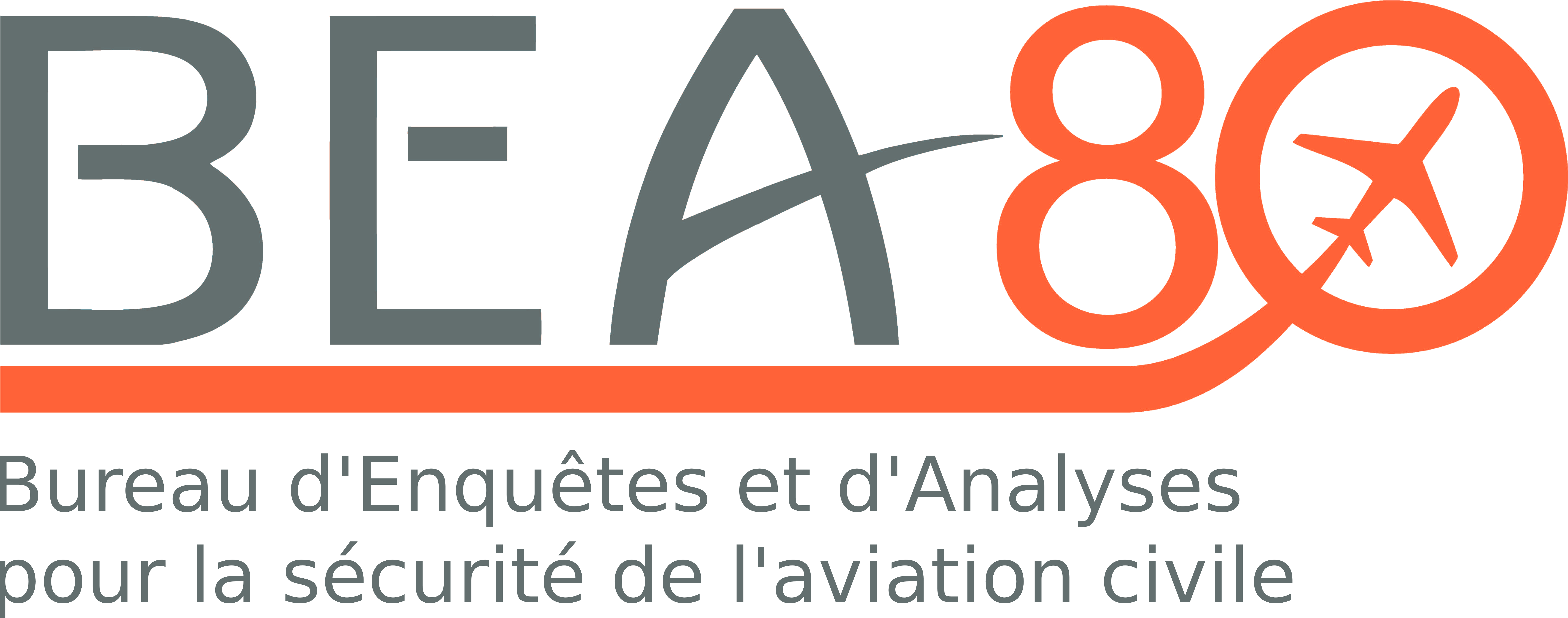Accident to the Aquila AT01 registered F-HDOV on 01/08/2021 at Lognes-Emerainville (Seine-et-Marne)
Rebonds à l'atterrissage, rupture du train avant, en instruction solo
Cat. 3 investigation report: report concerning an occurrence with limited consequences, based on one or more statements not independently validated by the BEA.
This is a courtesy translation by the BEA of the Final Report on the Safety Investigation published in December 2021. As accurate as the translation may be, the original text in French is the work of reference.
Note: The following information is principally based on statements made by the student pilot and the instructor. This information has not been independently validated by the BEA.
1 - HISTORY OF THE FLIGHT
The student pilot and the instructor performed two aerodrome circuits for runways 26R and 26L. The first one led to a touch-and-go on paved runway 26R and the second to a full stop landing on grass runway 26L. The student pilot's first supervised solo flight having taken place the day before and judging his level to be satisfactory, the instructor authorised him to perform his second solo flight. The first touch-and-go on runway 26R went smoothly and the student pilot joined the downwind leg of the same runway. During the landing, the aeroplane bounced several times and continued its ground run to the left of the paved runway. On entering the grass area, the nose gear collapsed, causing the aeroplane to tip forward and come to rest between the two runways. Once stopped, the student pilot opened the canopy and exited the aeroplane unharmed.
2 - ADDITIONAL INFORMATION
2.1 Student pilot information
On the day of the accident, the 30-year-old student pilot had logged 32 hours and 25 minutes of dual flight time and 16 minutes as pilot-in-command.
2.2 Meteorological information
According to the ATIS at 11:00, the conditions were CAVOK, with a wind from 280° at 7 kt, and a temperature of 18°C. The wind information transmitted by the controller to the student pilot at the time of the landing clearance was 240° at 7 kt.
2.3 Statements
2.3.1 Student pilot
The student pilot reported that during the landing he felt a strong bounce. He was surprised and allowed the stick to move forward. He said that he knew how to deal with a bounce situation as he had discussed it several times with his instructor, but that he nonetheless had had the bad reflex of releasing the stick instead of holding it.
2.3.2 Instructor
The instructor reported that she had watched her student's flight path from the aeroclub terrace. After a satisfactory first touch-and-go, the second approach appeared to be well negotiated, with the aiming point correctly taken into account again. The flare was very shallow, then an "almost three point" landing resulted in a pretty strong first bounce. She saw the pitch attitude decrease then the nose gear come into contact with the runway and the aeroplane bounce again. The wooden propeller blades were damaged during this last bounce. The instructor then noticed the nose drop to the extent that she thought the aeroplane might nose over. When she arrived at the scene, she found that her student, although unhurt, was shocked and that the switches and magnetos in the aeroplane had been left in the ON position. The ELT beacon had been activated.
